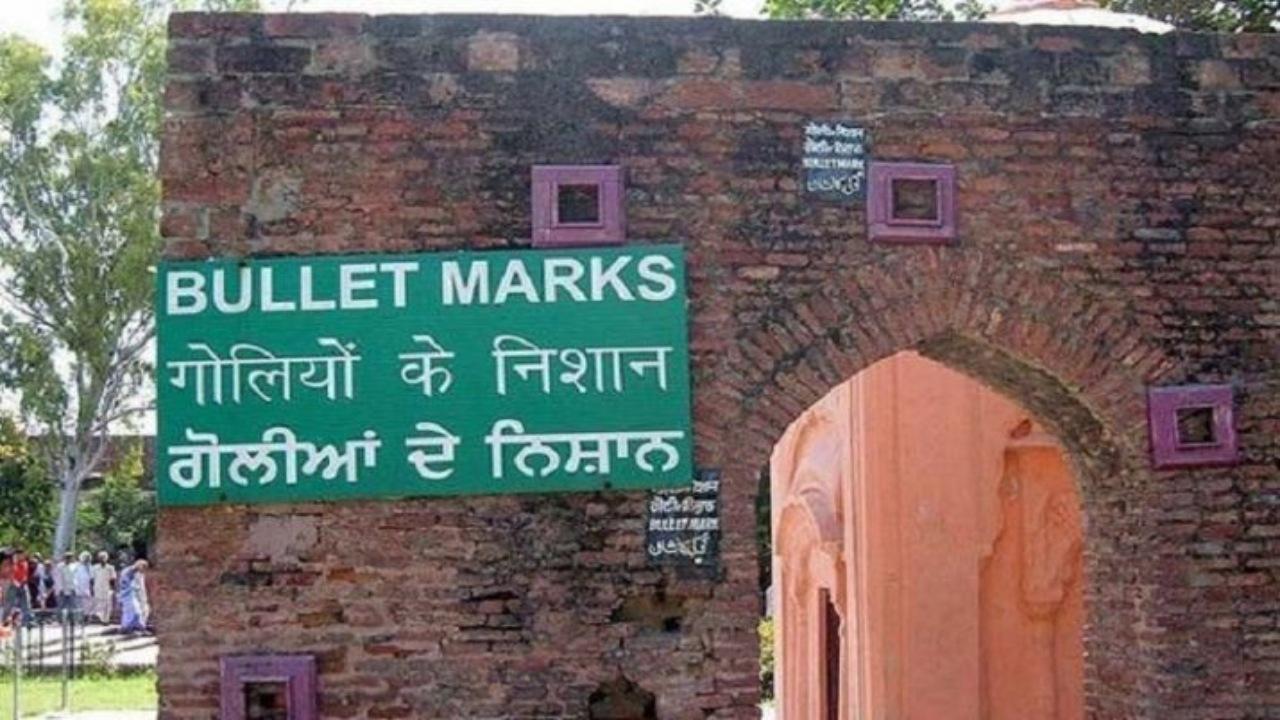Home / News / India News / Article /
Jallianwala Bagh massacre: The aftermath of the deadly bloodshed
Updated On: 13 April, 2023 01:41 PM IST | Mumbai | mid-day online correspondent
A large crowd of more than ten thousand people had gathered on the fateful day at the Jallianwala Bagh

Jallianwala Bagh/PTI
On April 13, 1919, British troops opened fire at the crowd that had gathered in Jallianwala Bagh to hold a protest. The firing killed 379 people and injured 1,200. The British army opened fire under the orders of infamous Brigadier-General Reginald Edward Harry Dyer. The incident later came to be known as “Jallianwala Bagh Massacre” and is regarded as one of the deadliest attacks in the Indian history. The event is also said to have come as a turning point in India`s freedom struggle against the British.
A large crowd of more than ten thousand people had gathered on the fateful day at the Jallianwala Bagh to demonstrate against the Rowlatt Act, which allowed the British government to imprison anyone without a warrant, as well as against the detention of two Indian freedom fighters, Satya Pal and Saifuddin Kitchlew.



